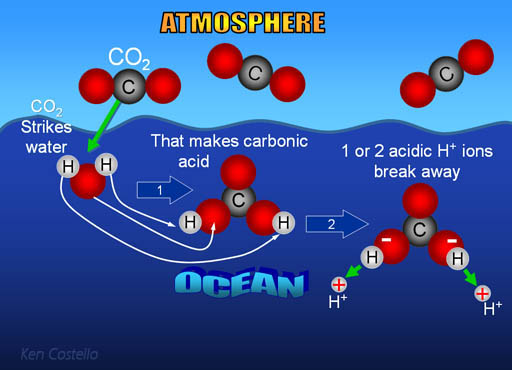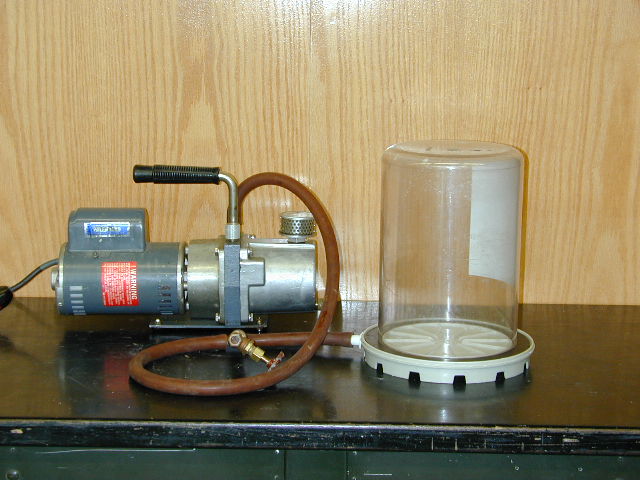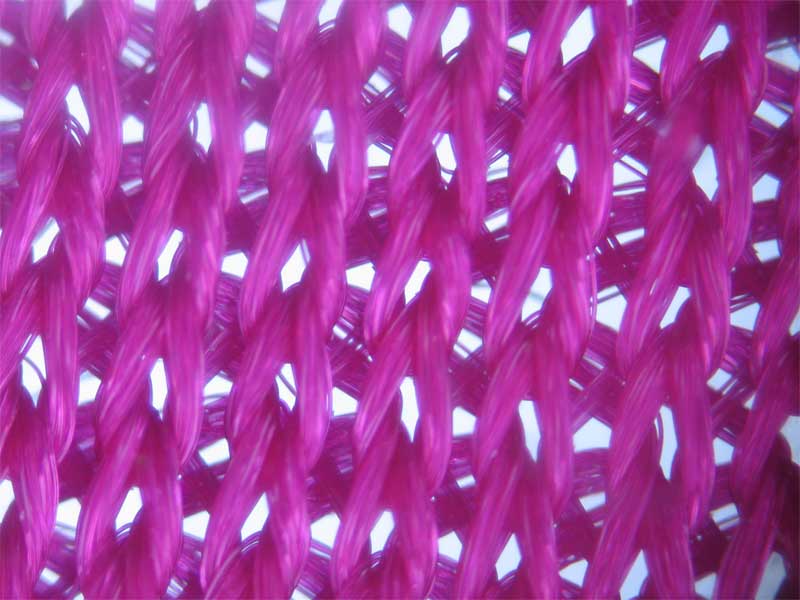I often worry about what the world will come to in the future. In my opinion, millions or billions of years down the line so many problems that we are responsible for like pollution, deforestation, and wiping out hundreds of species will catch up to us.
Even if we didn’t pollute, and we lived in perfect harmony with nature, life on earth would still cease to exist at some point in time. I often forget that earth is not a permanent home for humans, it cannot be. Whether our sun goes out, a meteor kills us like it did the dinosaurs, our atmosphere gets to thin, or the earth’s molten core cools, earth will become uninhabitable at some time.
http://ftrsports.com/wp-content/uploads/2011/05/The-End2.jpg Some factors that we can control to prolong earth’s life sustaining abilities are the amounts of pollution and deforestation and energy that we use. If we control the amount of energy that we use a bit more, maybe we could lower pollution levels. I read in a popular science magazine that the oceans are actually absorbing the pollution from our cars and other appliances. Some may think that’s a good thing, that if it is out of the sky it won’t affect us. WRONG. The immense amount of carbon based pollution that is given off from our cars and homes is enough to change the pH balance of the ocean. When enough carbon is mixed with water, it becomes carbonic acid. In my opinion, if pollution is drastically decreased, the ocean might become acidic by 2050. I don’t think it will be enough to melt a swimmer’s skin off, but it will be enough to kill ocean life.
Another ocean problem that I want to briefly cover is dead zones. According to Jennifer Kennedy of marinelife.about.com, “A 'dead zone' is an area of low oxygen, where marine life can't thrive. The dead zone may be caused by an excess of nutrients (eutrophication) that results in a decrease in dissolved oxygen. The best example of a dead zone in the U.S. Gulf of Mexico dead zone, which occurs each year in the late spring and summer.”
But enough about earth’s problems, I want some solutions. For the long run, I think the only thing we can do is build a massive space ship, and put select members of the human race into it to pass down only the best genes that will be necessary for life in space. I don’t think we should just fly around in circles like idiots in space though, we need to find another planet that can sustain complex life.
Gliese 581 d, may be that planet. “New measurements of the planet's orbit place it firmly in a region where conditions would be right for liquid water, and thus life as we know it, astronomer Michel Mayor, from Geneva University Switzerland
http://www.youtube.com/watch?v=H5zSWQwpjPg&NR=1
Great video about traveling to Gliese 581 d.
The narrator of this video said that a journey to gliese 581 d on the fastest man made object, Voyager 1 which travels through space at a brisk 11 miles per second would still take over 350,000 years. However, knowing the flaws of the human race, it would not take 350,000 years for something to go wrong on that ship. We need to advance our technology so that one day we could travel at or faster that the speed of light. A twenty year trip doesn’t seem so bad when the other option is a 350,000 year trip.


















